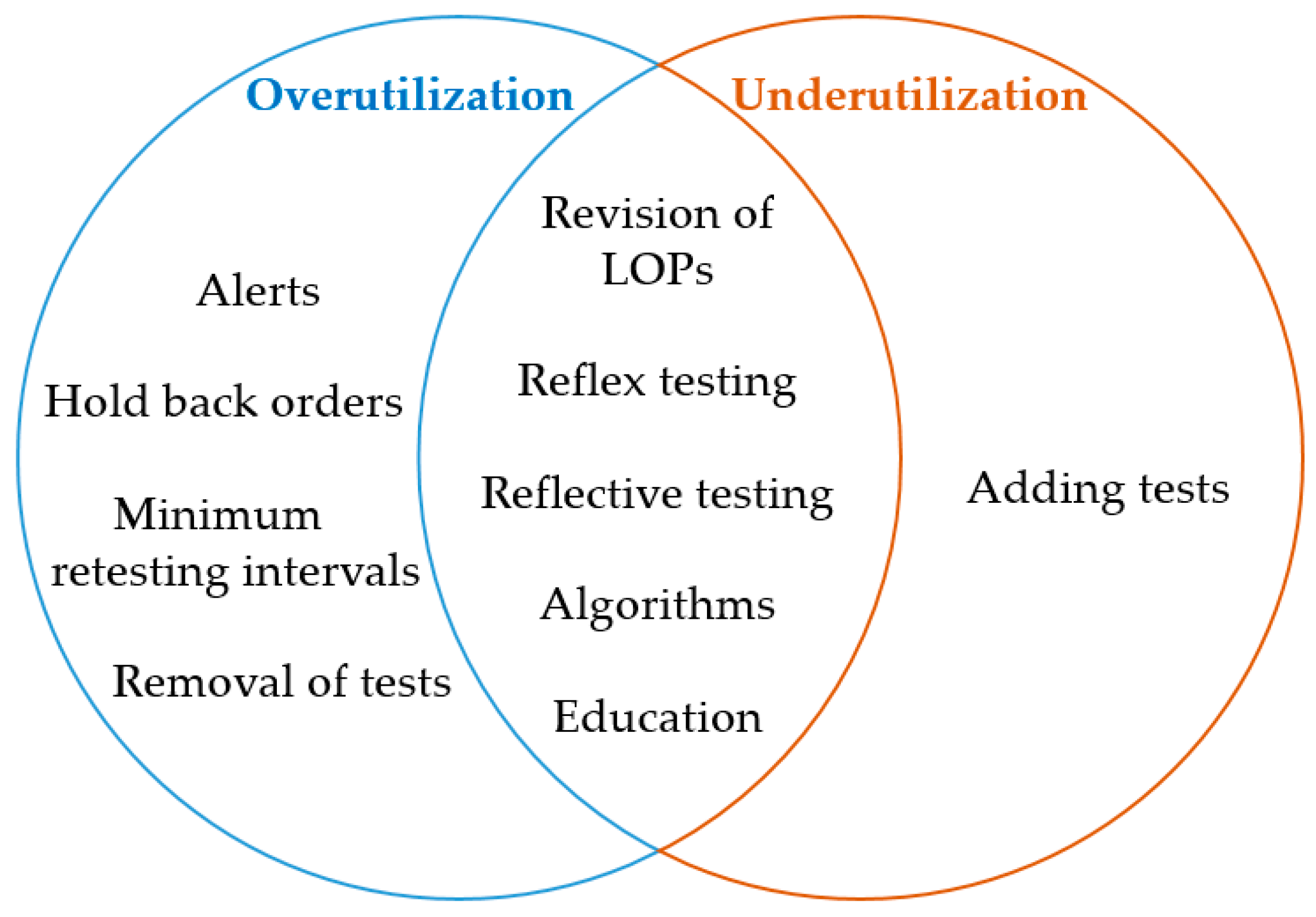Difference between revisions of "Template:Article of the week"
From LIMSWiki
Jump to navigationJump to searchShawndouglas (talk | contribs) m (Original image size) |
Shawndouglas (talk | contribs) (Updated article of the week text) |
||
| Line 1: | Line 1: | ||
<div style="float: left; margin: 0.5em 0.9em 0.4em 0em;">[[File:Fig1 | <div style="float: left; margin: 0.5em 0.9em 0.4em 0em;">[[File:Fig1 Mrazek Diagnostics21 11-7.png|240px]]</div> | ||
'''"[[Journal: | '''"[[Journal:Laboratory demand management strategies: An overview|Laboratory demand management strategies: An overview]]"''' | ||
[[ | Inappropriate [[laboratory]] test selection in the form of overutilization as well as underutilization, frequently occurs despite available guidelines. There is broad approval among laboratory specialists and clinicians that [[demand management]] (DM) strategies are useful tools to avoid this issue. Most of these tools are based on automated algorithms or other types of [[machine learning]]. This review summarizes the available DM strategies that may be adopted to local settings. We believe that [[artificial intelligence]] (AI) may help to further improve these available tools. ('''[[Journal:Laboratory demand management strategies: An overview|Full article...]]''')<br /> | ||
<br /> | <br /> | ||
''Recently featured'': | ''Recently featured'': | ||
{{flowlist | | {{flowlist | | ||
* [[Journal:A scoping review of integrated blockchain-cloud architecture for healthcare: Applications, challenges, and solutions|A scoping review of integrated blockchain-cloud architecture for healthcare: Applications, challenges, and solutions]] | |||
* [[Journal:Laboratory information management system for the biosafety laboratory: Safety and efficiency|Laboratory information management system for the biosafety laboratory: Safety and efficiency]] | * [[Journal:Laboratory information management system for the biosafety laboratory: Safety and efficiency|Laboratory information management system for the biosafety laboratory: Safety and efficiency]] | ||
* [[Journal:Use of middleware data to dissect and optimize hematology autoverification|Use of middleware data to dissect and optimize hematology autoverification]] | * [[Journal:Use of middleware data to dissect and optimize hematology autoverification|Use of middleware data to dissect and optimize hematology autoverification]] | ||
}} | }} | ||
Revision as of 15:57, 4 July 2022
"Laboratory demand management strategies: An overview"
Inappropriate laboratory test selection in the form of overutilization as well as underutilization, frequently occurs despite available guidelines. There is broad approval among laboratory specialists and clinicians that demand management (DM) strategies are useful tools to avoid this issue. Most of these tools are based on automated algorithms or other types of machine learning. This review summarizes the available DM strategies that may be adopted to local settings. We believe that artificial intelligence (AI) may help to further improve these available tools. (Full article...)
Recently featured:










